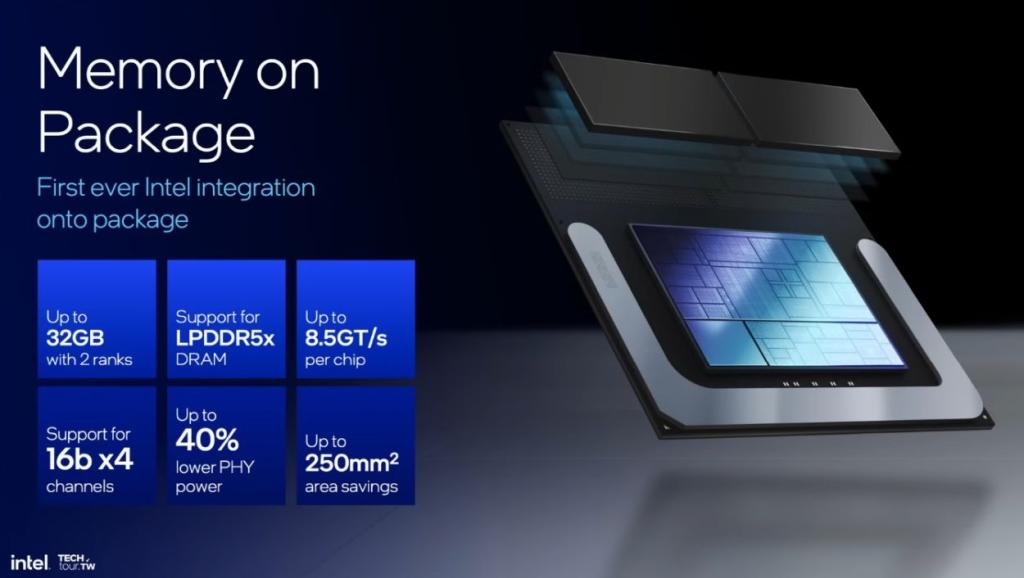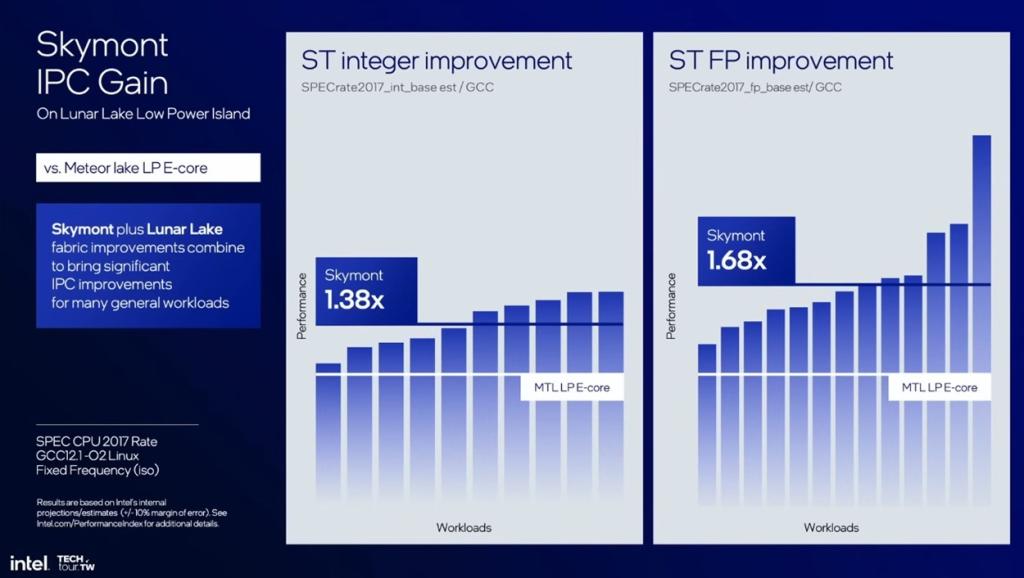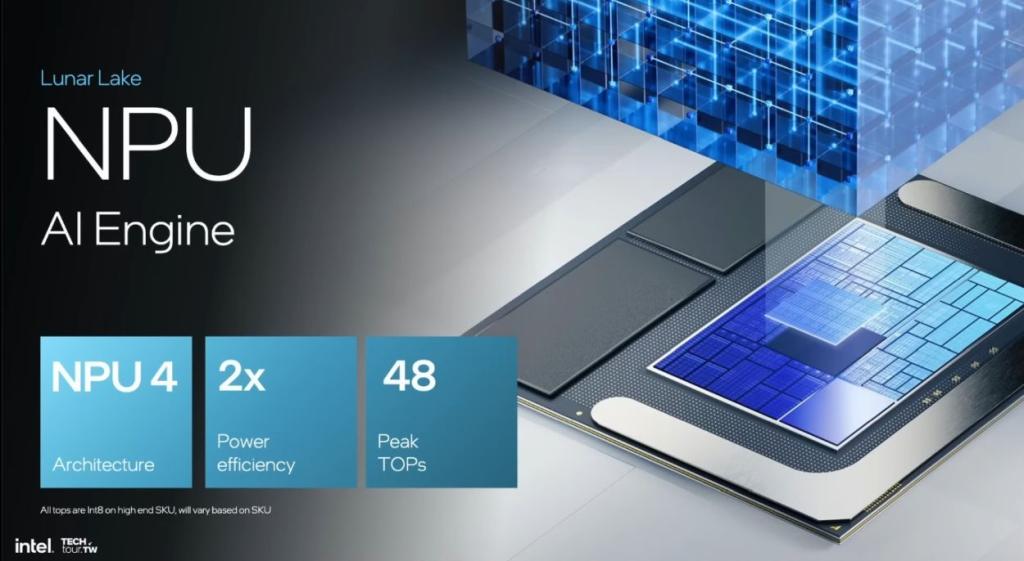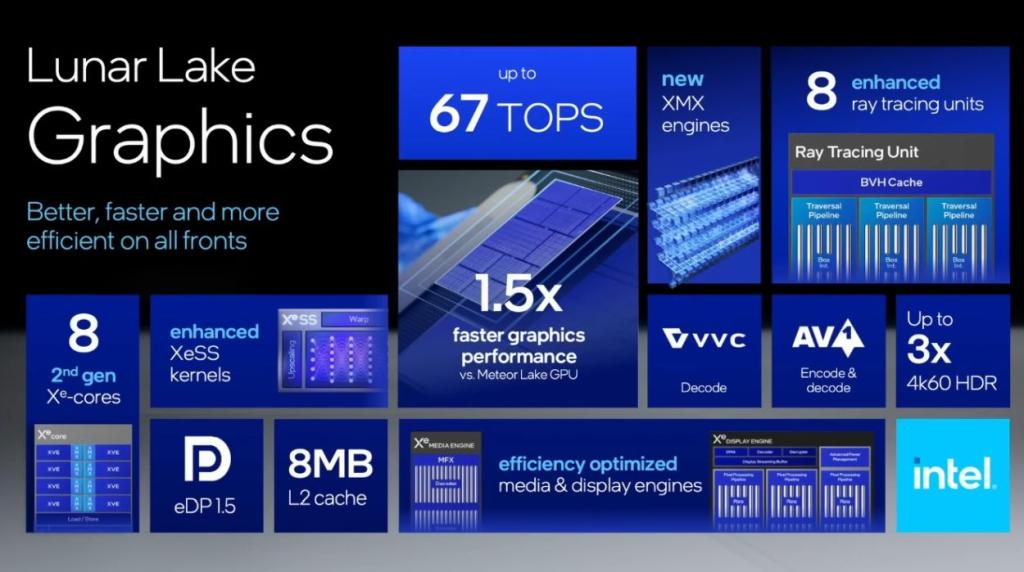As the ARM vs x86 war heats up, Intel is gearing up for a showdown against the new entrant in the Windows PC market, Qualcomm. Intel’s new x86-based Lunar Lake platform is ready to take on Snapdragon X series chipsets. The focus is on maximizing efficiency without compromising on performance, so we have compiled all the reasons why Intel Lunar Lake has us excited.
1. Built on TSMC’s 3nm Process Node
Apple was the first company to get access to TSMC’s 3nm process node to manufacture the Apple M3 chips. Now, Intel has opted for the same TSMC 3nm process node (N3B) to build its Compute tile for Lunar Lake processors. Yes, N3B is slightly older now compared to the latest N3E process node, but it’s still a 3nm advanced fabrication process so it will likely lead to better efficiency.

Last year’s Intel Meteor Lake architecture also used TSMC’s foundry to manufacture Graphics tile on N5 and I/O tile on N6. The Compute tile was developed on the Intel 4 process node. This year, with the Lunar Lake architecture, Intel has combined all major blocks, including CPU, GPU, and NPU, into a single Compute tile built on the TSMC 3nm process node.
Intel’s x86 processor now feels very much like a mobile chipset and, I think, it will lead to better battery life on Lunar Lake Core Ultra laptops.
2. Integrated Memory
Like Apple, Intel has also adopted integrated memory for the Lunar Lake architecture. The fastest LPDDR5X-8533 RAM is now available on the processor directly to the Compute tile – CPU, GPU, and NPU. Memory is available in 16GB or 32GB capacity.

Of course, this means that users can’t replace or upgrade memory as RAM is now part of the SoC, but it also improves memory bandwidth and reduces latency. In addition, the on-package memory on Lunar Lake drops power consumption by a whopping 30%. Intel is making all the right moves to reduce power consumption and improve efficiency on Lunar Lake processors.
3. Efficient Skymont Core
After looking at the Lunar Lake architecture, I am impressed by the Skymont CPU E core. Intel claims that Skymont matches the performance of Meteor Lake’s Crestmont E core while using only one-third of the power. Further, it delivers 1.7x more performance than Crestmont at the same power level.

And for the first time, Intel has removed HyperThreading from the CPU to enhance efficiency. Further, Intel has introduced finer granularity in clock speeds. Lunar Lake will increment the clock speed by 16.67MHz instead of 100MHz for power budget needs. This will significantly cut down the power consumption.
Next, Skymont delivers a massive 68% IPC uplift in single-threaded tasks, compared to Crestmont core. According to a recent leak by VideoCardz, the Skymont core boost frequency ranges between 3.5GHz and 3.7GHz, depending on the SKU.
While the clock speed is quite high for an E core, we need to check Intel’s power efficiency claims when Lunar Lake-powered laptops are released in the market.
4. Powerful NPU
The NPU on last year’s Meteor Lake could only deliver up to 10 TOPS, which led many to write off Intel as lagging behind Qualcomm, Apple, and AMD. However, with the Lunar Lake architecture, Intel has introduced a new NPU 4 engine that can deliver up to 48 TOPS for local AI processing workloads.

Microsoft has set an NPU requirement of 40 TOPS to earn the Copilot+ PC badge. So, Lunar Lake laptops will be powering a range of Copilot+ PCs. Not only that, when the CPU, GPU, and NPU are combined, the Lunar Lake processor can output up to a massive 120 TOPS of AI processing power. It’s even higher than Snapdragon X Elite’s combined 75 TOPS of AI processing capability.
5. Battlemage GPU
The new Battlemage GPU integrated into Lunar Lake processors is built on the second-generation Xe2 architecture. It packs eight Xe2 GPU cores and delivers up to 50% better gaming performance than the Meteor Lake GPU.
The GPU frequency ranges between 1.85GHz to 2.05GHz and consumes only 17W of peak power to maintain efficiency. For comparison, Apple’s M3 Pro 14-core GPU consumes around 17W at peak performance.

In addition, the GPU can alone deliver up to 67 TOPS for AI processing tasks which should help in many creative apps and real-time AI upscaling in games. Next, the Battlemage GPU packs eight larger Ray Tracing units for a real-time ray-tracing gaming experience. It can also handle three 4K HDR screens at 60Hz with ease.
6. Improved Power Efficiency
During the Computex event at Taipei, Michelle Holthaus, executive VP and GM at Intel, said, “We’re going to bust the myth that [x86] can’t be as efficient.” This statement was a direct shot at ARM-based processors such as Qualcomm’s Snapdragon X Elite and Apple’s M-series silicon.

From what we have seen about Lunar Lake so far, Intel has entirely redesigned its architecture for a mobile-first design, emphasizing efficiency at every step. Every decision is made keeping efficiency in mind. Intel claims that Lunar Lake SoC drops power consumption by a massive 40%.
From choosing TSMC’s 3nm process node to adding integrated memory, removing HyperThreading, introducing incremental clock speed boosts, and putting all major units into a single Compute tile — all these design choices underline Intel’s sharp focus on maximizing efficiency on the Lunar Lake platform.
Now when Lunar Lake laptops arrive in September, we will test them out and see how the battery life holds up.
One Piece Chapter 1126: Did Shanks Just Start A War With Luffy?
Who Is Yaoguang In Honkai Star Rail? Answered
The Boys Season 4 Episode 8 Revealed Shapeshifter’s Other Powers


